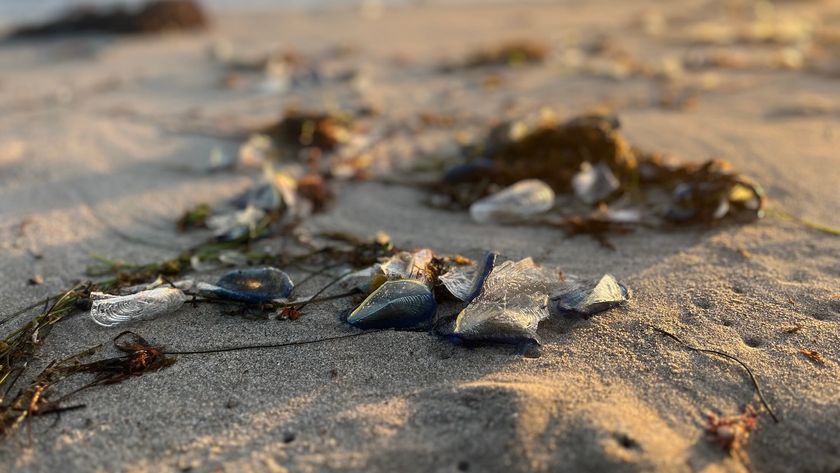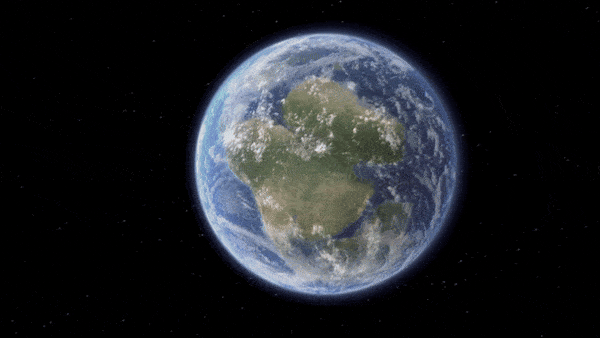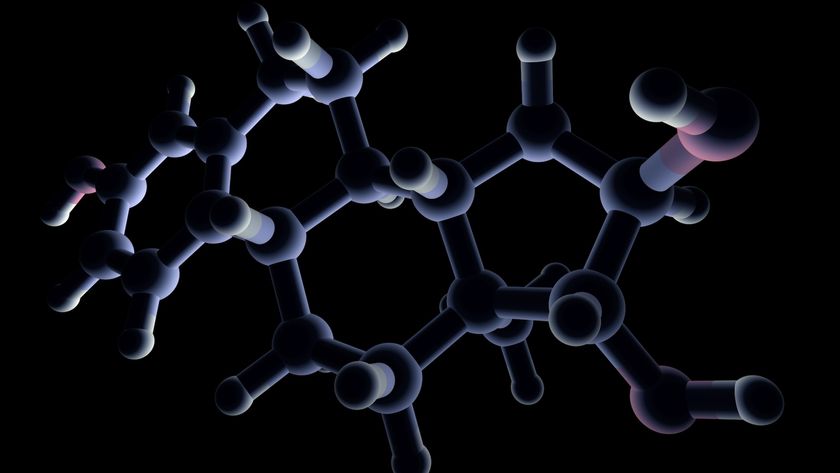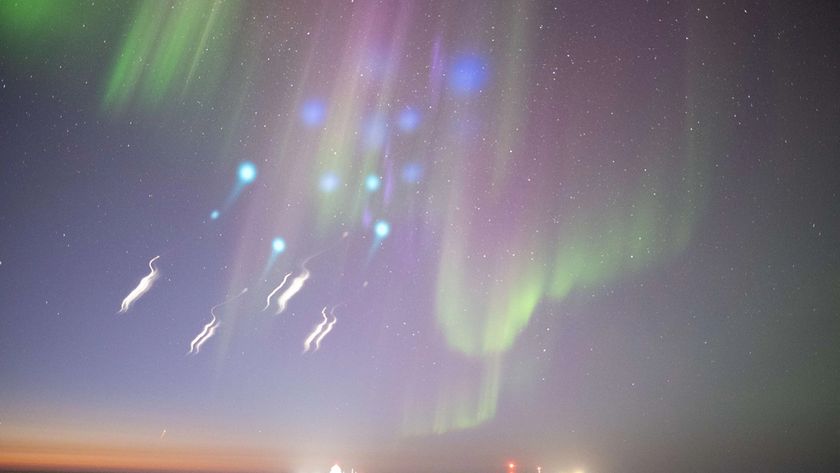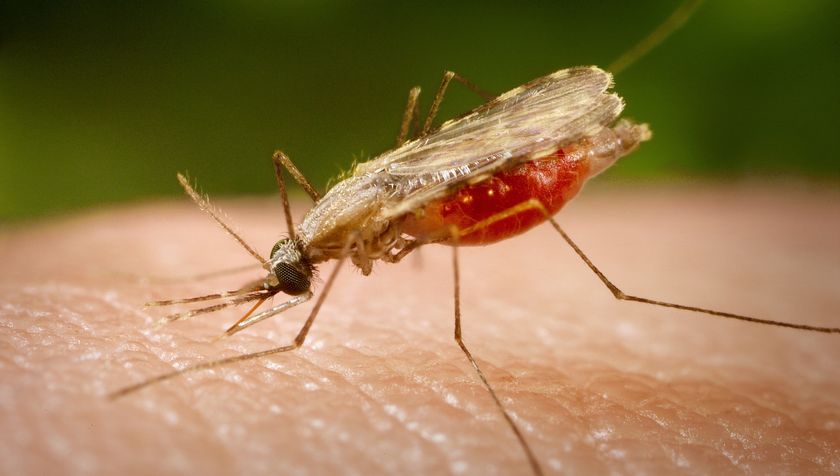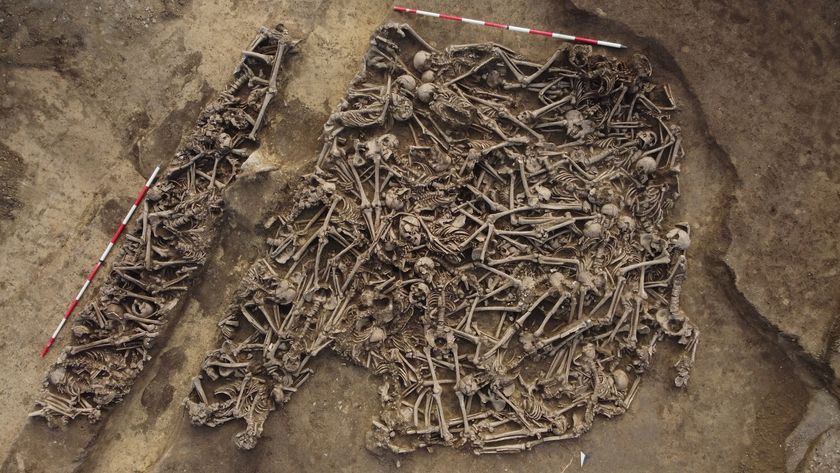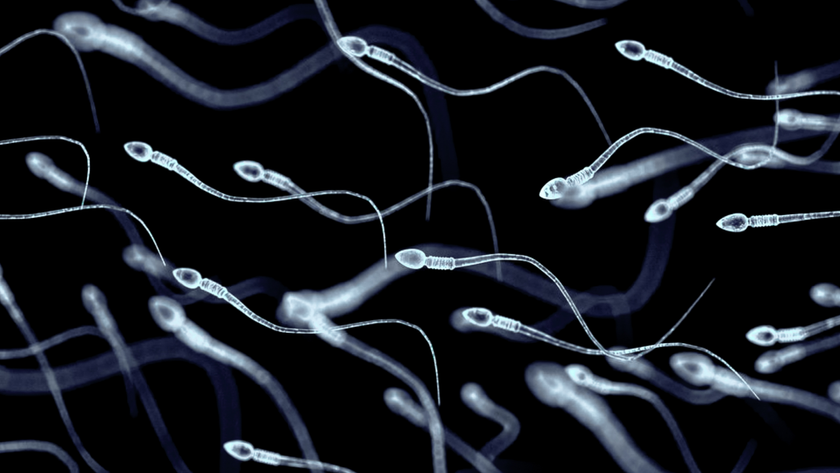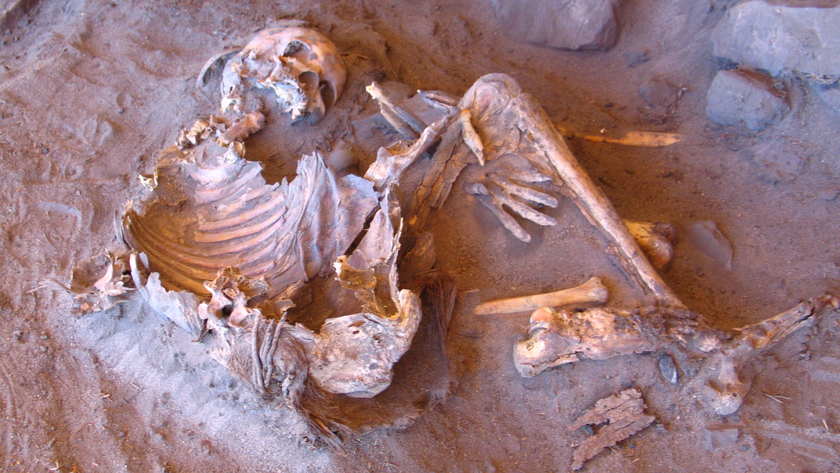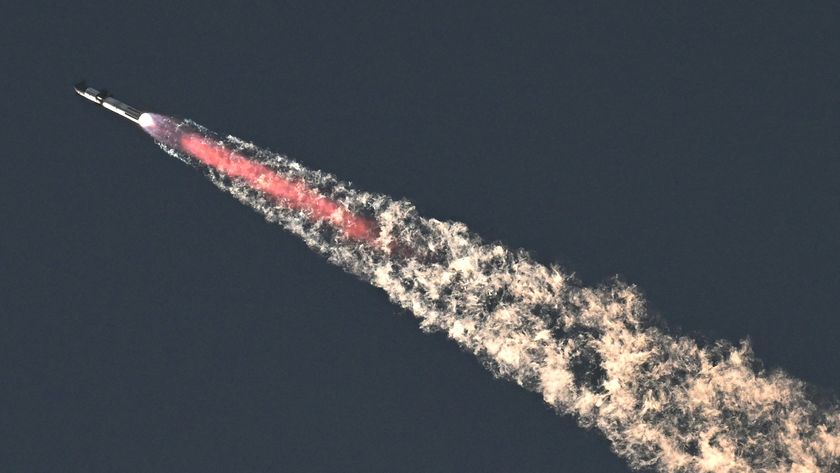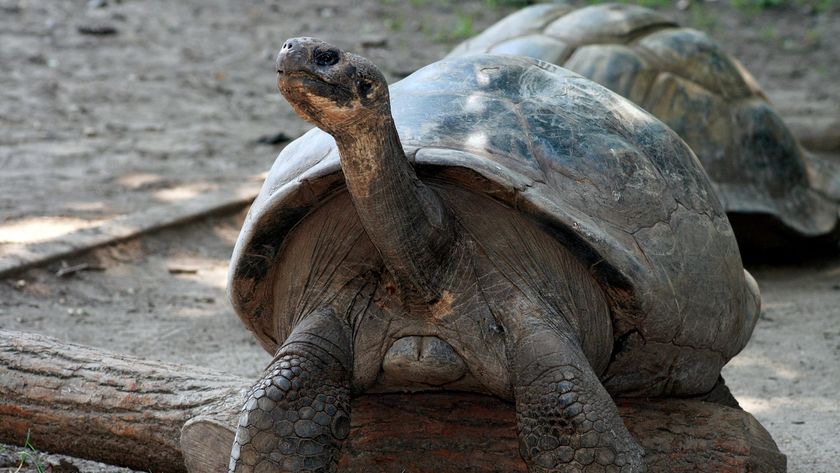Photos: Cretaceous 'Graveyard' Holds a Snapshot of the Dino-Killing Asteroid Impact
Amber in UV
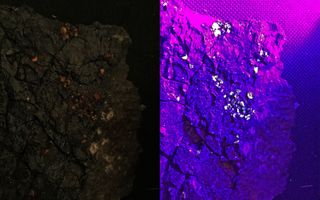
At Tanis, spherules were preserved in tiny blobs of amber clinging to buried branches and logs. The amber is hard to see in visible light (left) but glows bright green under ultraviolet (UV) light.
"Rain" of spherules
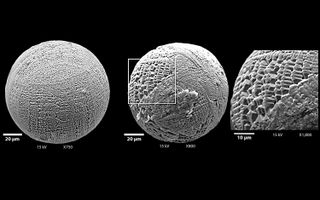
Scanning electron microscope (SEM) images reveal surface details in microkrystites — microscopic spheres that peppered Tanis, formed from molten rock ejecta at the site of the asteroid impact near Chicxulub, Mexico.
Protected with plaster
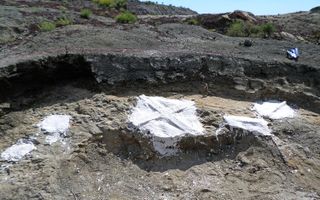
Field excavations at Tanis in North Dakota, part of the fossil-rich Hell Creek Formation that spans North Dakota, South Dakota, Wyoming and Montana.
Dividing line
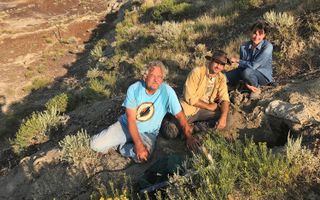
Study co-authors Peter Larson and Robert DePalma, and field assistant Lindsay Powell investigate a geological layer separating the Cretaceous and the Tertiary periods. Known as the KT boundary, this layer contains material that settled across the planet after the asteroid impact 66 million years ago.
Under the microscope
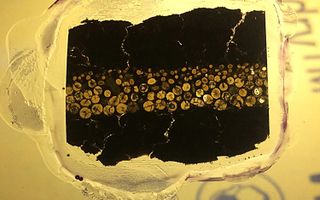
Study co-author Lauren Gurche holds a microscope slide of ejecta spherules from Tanis.
Sign up for the Live Science daily newsletter now
Get the world’s most fascinating discoveries delivered straight to your inbox.

Mindy Weisberger is an editor at Scholastic and a former Live Science channel editor and senior writer. She has reported on general science, covering climate change, paleontology, biology and space. Mindy studied film at Columbia University; prior to Live Science she produced, wrote and directed media for the American Museum of Natural History in New York City. Her videos about dinosaurs, astrophysics, biodiversity and evolution appear in museums and science centers worldwide, earning awards such as the CINE Golden Eagle and the Communicator Award of Excellence. Her writing has also appeared in Scientific American, The Washington Post and How It Works Magazine. Her book "Rise of the Zombie Bugs: The Surprising Science of Parasitic Mind Control" will be published in spring 2025 by Johns Hopkins University Press.


